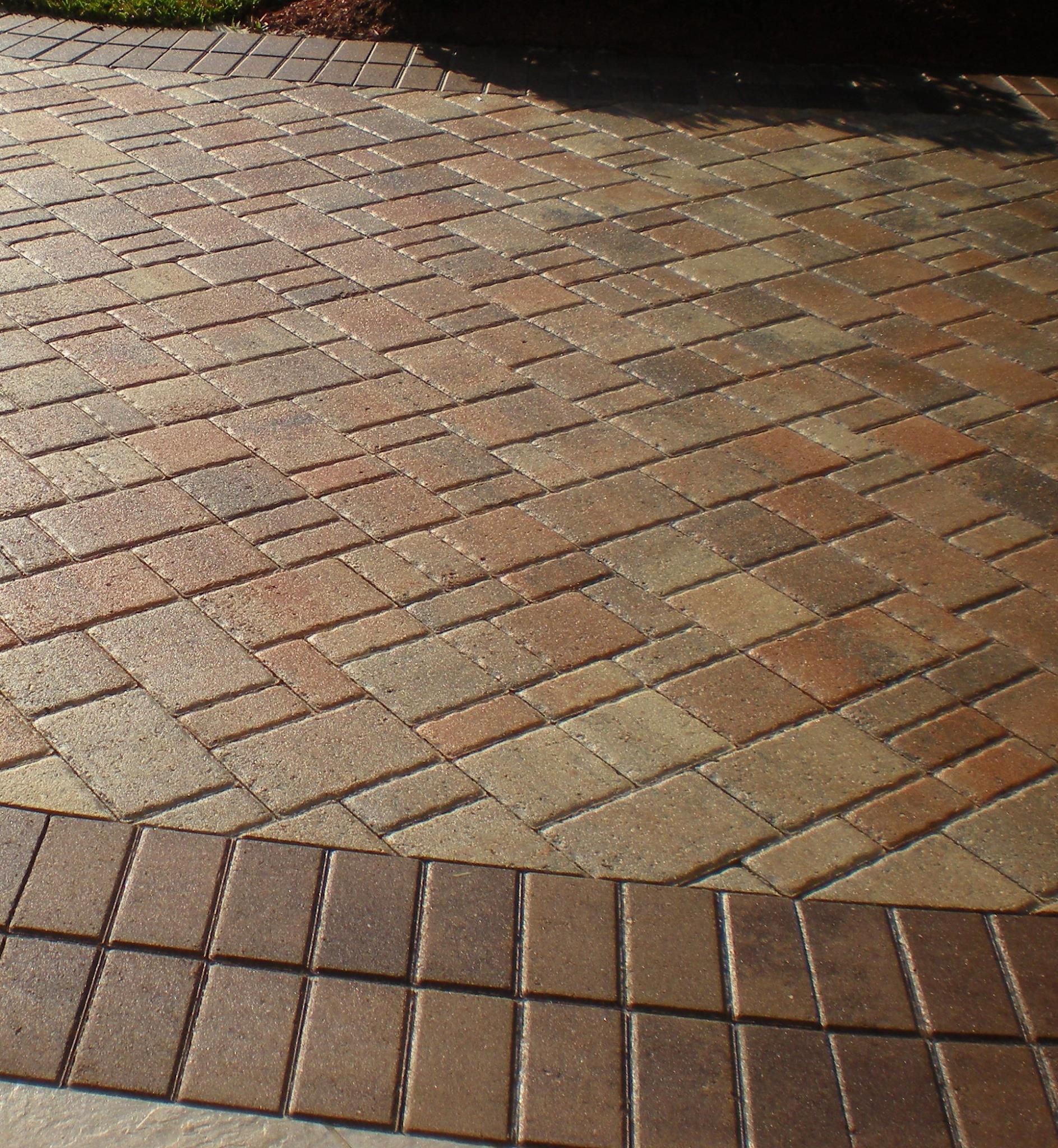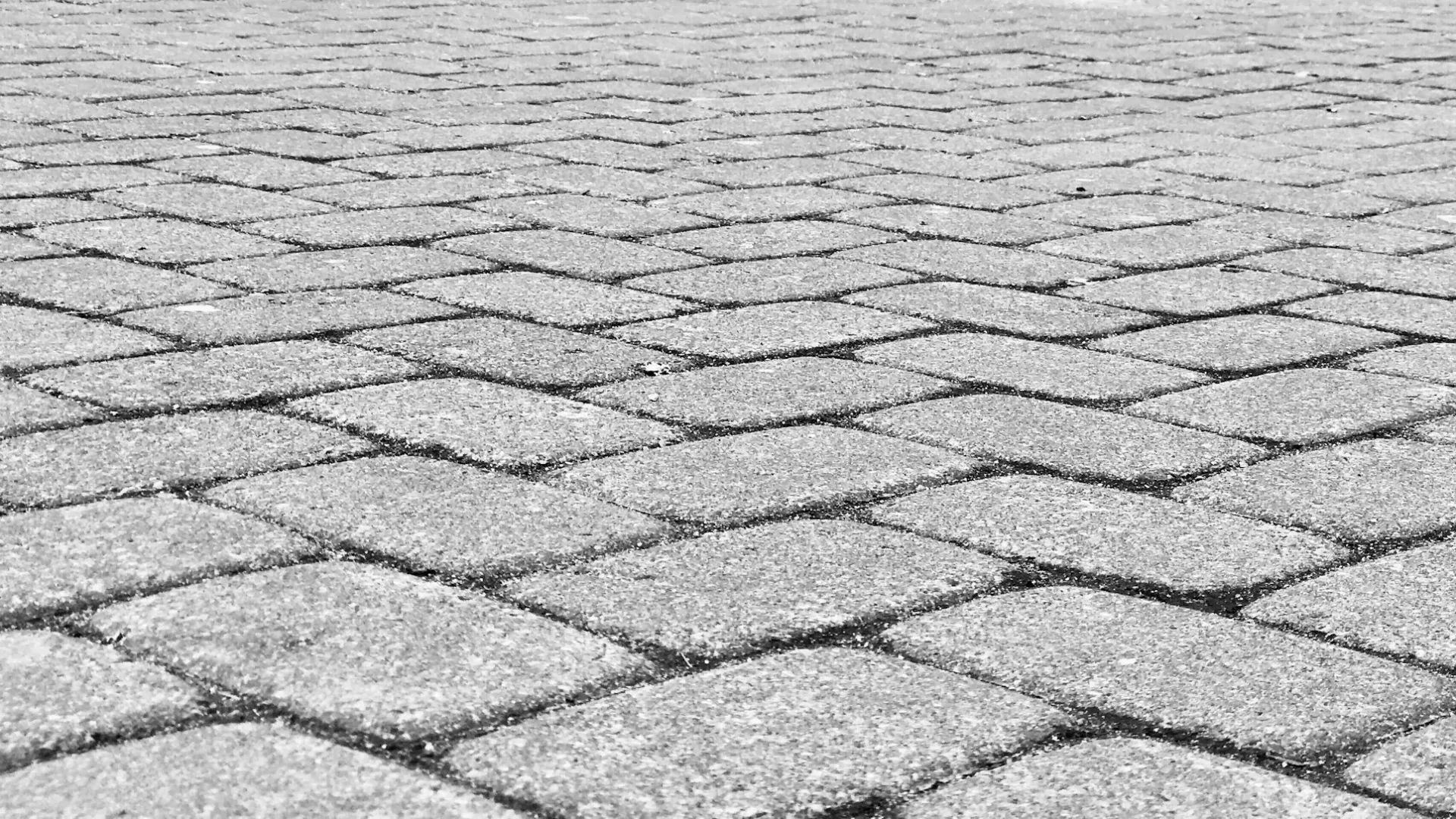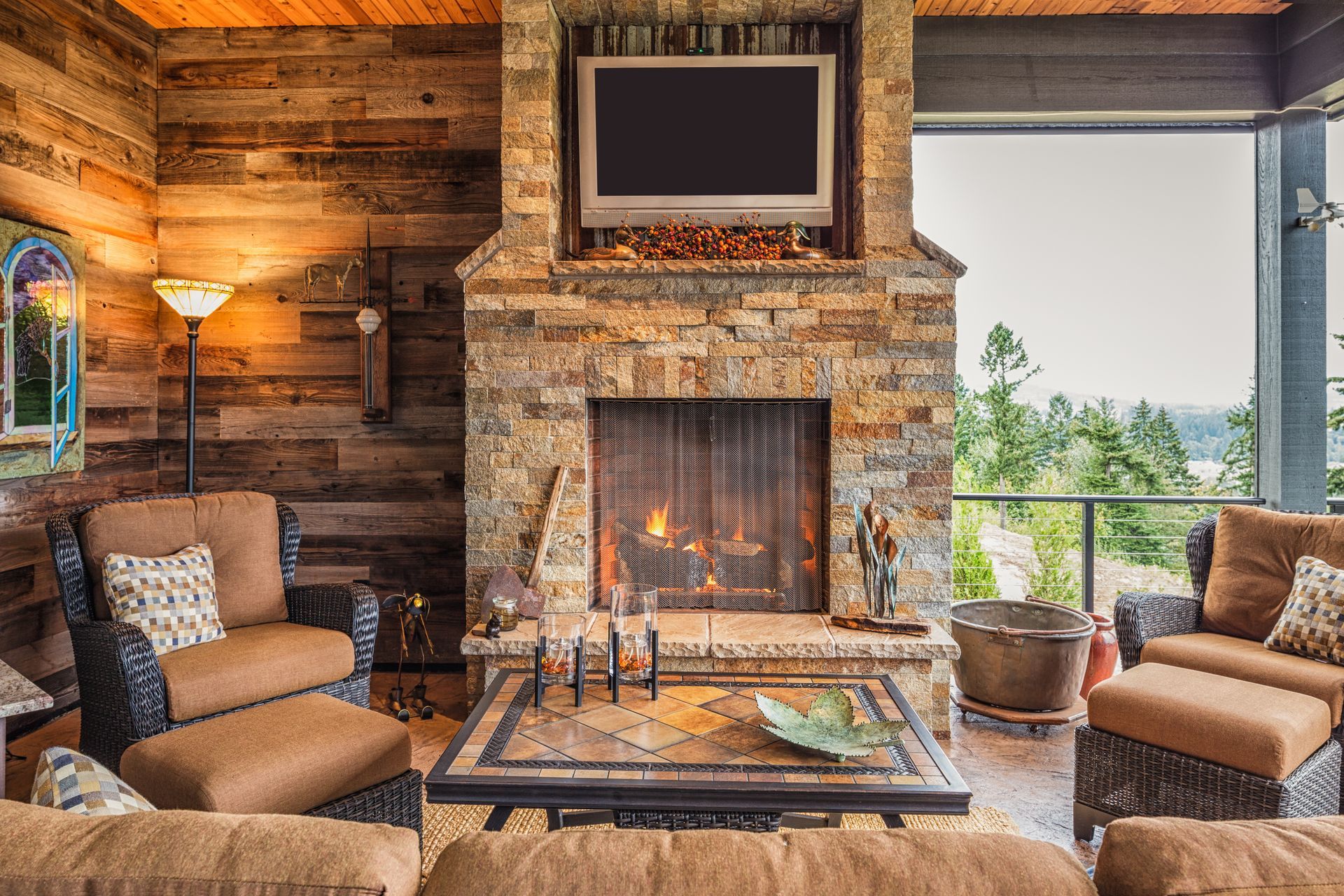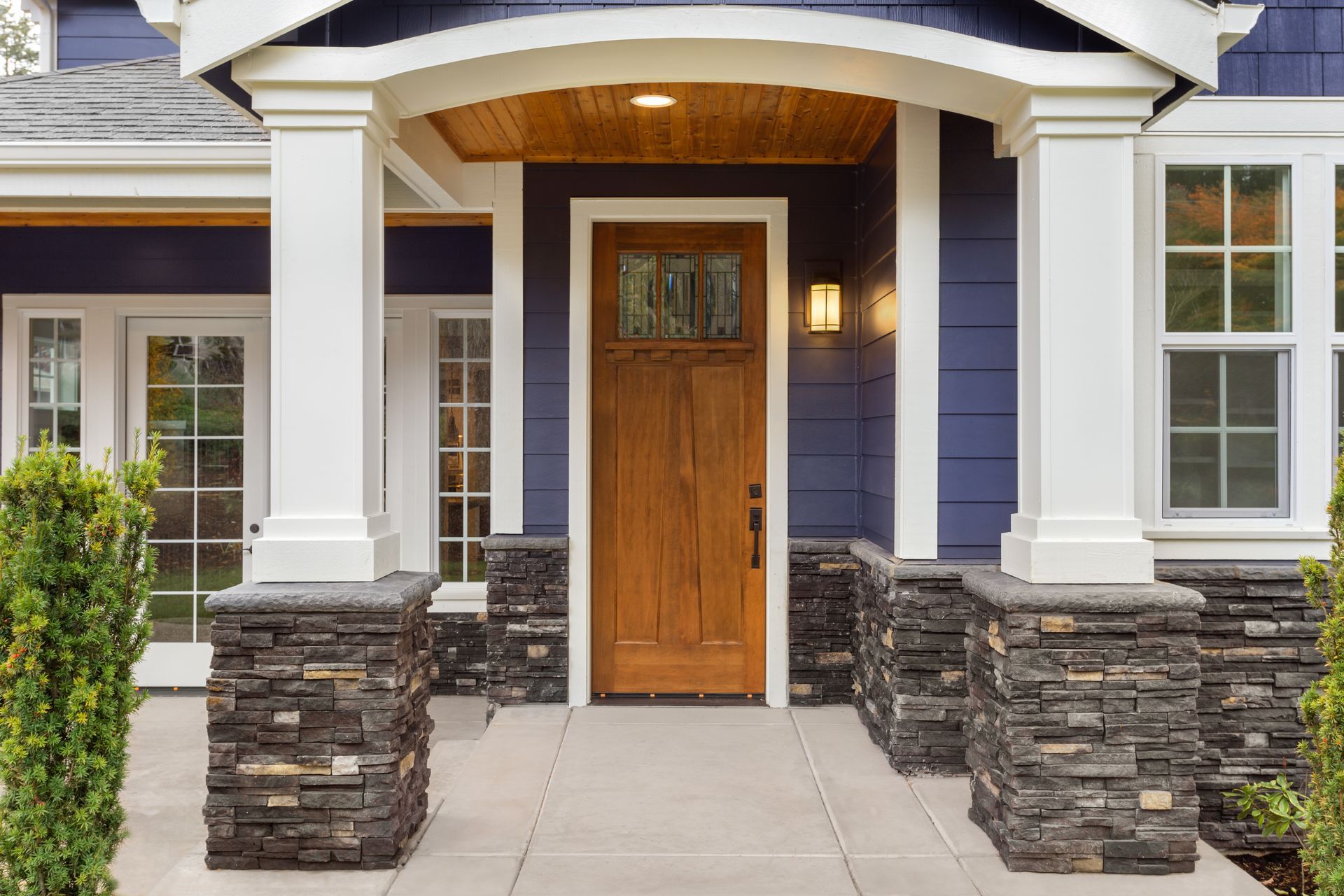How to Repair Stucco: A Comprehensive Guide
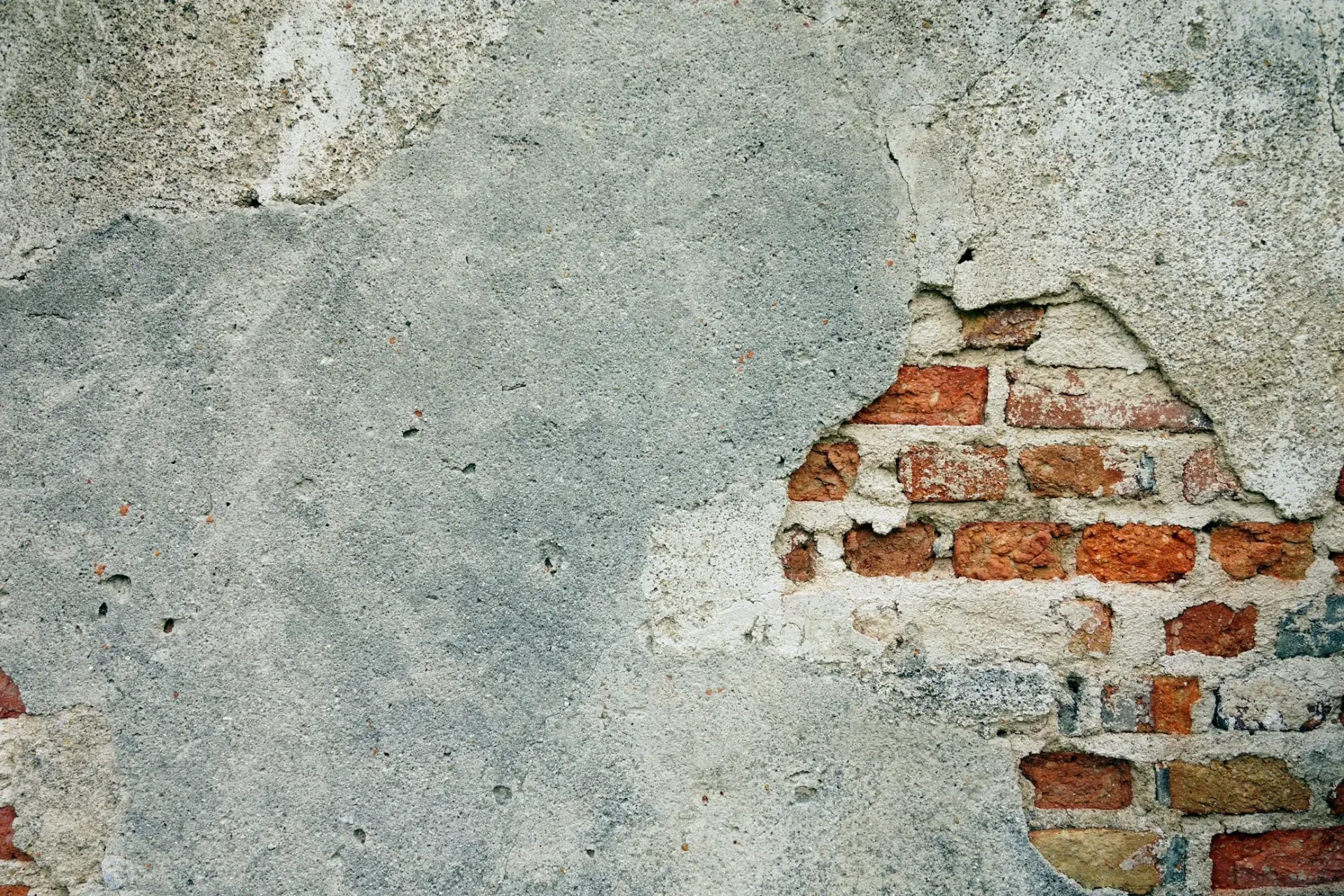
How to Repair Stucco: A Comprehensive Guide
Stucco is a go-to for walls, inside and out. It's durable and looks great, but it can get damaged over time. Cracks, holes, and water damage can mess with its look and strength. This guide helps you spot and repair stucco problems, keeping your walls in top shape.
Maintaining stucco is about more than looks. If you ignore small issues, they can turn into big, expensive problems. Knowing how to fix stucco can save you time and money. Whether you're fixing it yourself or hiring someone, it's good to know the basics.
By the end of this guide, you'll know how to spot damage, what tools you need, and the steps to fix different kinds of problems. Let's start by understanding what stucco is and why people love using it for their homes.
What is Stucco?
Stucco is a type of plaster used for coating walls and ceilings. It's made from a mix of sand, cement, and lime. People use it a lot because it's durable, fire-resistant, and looks good. You can apply it to brick, stone, or wood structures, making it versatile.
There are two main types of stucco:
- Traditional Stucco: Made from natural materials like lime and sand. It's been around for centuries and is known for its breathability and natural finish.
- Synthetic Stucco: Also known as EIFS (Exterior Insulation and Finish Systems). It's lighter and more flexible than traditional stucco, offering better insulation.
Each type has its benefits, but both need proper care to prevent damage. Next, let's look at common stucco problems and what causes them.
Common Stucco Problems
Stucco is tough, but it's not indestructible. Here are some common issues you might face:
- Cracks: These are the most common problems. They can happen due to settling foundations, weather changes, or poor installation. Cracks can let moisture in, leading to more serious damage.
- Holes: Holes can occur from impacts or if the stucco wasn't applied correctly. They need to be fixed quickly to prevent water from getting inside.
- Water Damage: Stucco is water-resistant, not waterproof. Water can seep in through cracks or holes, causing the material to weaken and leading to mold or mildew.
- Staining: This can happen from dirt, pollution, or water. While it doesn't always mean structural damage, stains can make your walls look bad.
Understanding these problems helps you know what to look for and how to fix them. Next, we'll talk about how to identify stucco damage.
How to Identify Stucco Damage
Spotting stucco damage early can save you a lot of trouble. Here's how to identify common issues:
- Cracks: Look for thin lines or gaps in the stucco surface. Small cracks can grow over time, so it's important to address them quickly.
- Bulging or Bubbling: This can indicate water trapped behind the stucco. If you see areas that seem to stick out or have a bubble-like appearance, there's likely water damage.
- Discoloration: Changes in color can signal water damage or mold. Watch for dark or greenish spots, which often indicate moisture problems.
- Soft Spots: Gently press on the stucco. If it feels soft or crumbly, it might be weakened by water damage or poor installation.
- Chipping or Flaking: Pieces of stucco breaking off can be a sign of aging or impact damage. This can lead to larger issues if not fixed.
To thoroughly inspect your stucco, use a flashlight to check for hidden cracks and a moisture meter to detect water behind the surface. Regular inspections can help you catch problems early and keep your stucco in good shape.
Preparing for Stucco Repair
Before you start fixing stucco, you need to get the right tools and materials. Here's what you'll need:
Tools:
- Hammer
- Chisel
- Wire brush
- Trowel
- Putty knife
- Sponge
Materials:
- Stucco mix
- Water
- Bonding agent
- Patch material for larger holes
Preparation Steps:
- Clean the Area: Remove any loose or damaged stucco with a hammer and chisel. Use a wire brush to clean the surface.
- Apply Bonding Agent: This helps the new stucco adhere better. Follow the instructions on the bonding agent container.
- Mix the Stucco: Follow the manufacturer's instructions to mix the stucco. It should have a smooth, peanut butter-like consistency.
- Safety Precautions: Wear gloves, safety glasses, and a dust mask to protect yourself from debris and dust.
By preparing properly, you'll make the repair process smoother and more effective. Next, let's dive into the step-by-step guide for repairing different types of stucco damage.
Step-by-Step Stucco Repair Guide
Now that you're prepared, let's go through the steps to repair different types of stucco damage.
Small Cracks:
- Clean the Crack: Use a wire brush to clean out the crack. Remove any loose material.
- Apply Stucco Patch: Fill the crack with stucco patch material using a putty knife. Smooth it out to match the surrounding texture.
- Let it Dry: Allow the patch to dry according to the manufacturer's instructions.
Larger Cracks and Holes:
- Remove Damaged Stucco: Use a hammer and chisel to remove the damaged stucco around the crack or hole.
- Apply Bonding Agent: Coat the exposed area with a bonding agent to help the new stucco adhere.
- Fill the Hole: Apply the stucco mix in layers, letting each layer dry before adding the next. Use a trowel to smooth it out and match the texture.
- Cure the Stucco: Keep the repaired area moist by misting it with water several times a day for about a week. This helps the stucco cure properly.
Water Damage:
- Identify and Fix the Source: Find where the water is coming from and fix the source to prevent future damage.
- Remove Damaged Stucco: Cut away the water-damaged stucco and clean the area.
- Repair the Area: Follow the same steps for filling larger holes, ensuring each layer is smooth and even.
- Seal the Stucco: Once dry, apply a waterproof sealant to protect against future water damage.
Properly repairing stucco can restore its appearance and strength. Next, we'll cover how to finish and paint stucco to match the rest of your wall.
Finishing and Painting Stucco
After repairing your stucco, the next step is to finish and paint it to blend seamlessly with the rest of your wall.
Smoothing the Repaired Area:
- Sand the Surface: Once the stucco is dry, use fine-grit sandpaper to smooth out any rough spots. Be gentle to avoid damaging the new stucco.
- Match the Texture: Use a sponge or trowel to mimic the texture of the surrounding stucco. Practice on a small area first if you're unsure.
Painting Stucco:
- Choose the Right Paint: Use exterior acrylic paint for durability and weather resistance. Pick a color that matches or complements your existing stucco.
- Prime the Surface: Apply a masonry primer to the repaired area. This helps the paint adhere better and last longer.
- Paint the Stucco: Use a paintbrush or roller to apply the paint. Apply two coats for the best coverage, allowing each coat to dry thoroughly.
Tips for Painting Stucco:
- Weather Conditions: Paint on a dry, mild day to ensure the paint dries evenly.
- Blend Edges: Feather the edges of the painted area to blend it with the existing paint for a seamless look.
- Maintenance: Regularly inspect and touch up the paint to keep your stucco looking fresh.
Proper finishing and painting ensure your stucco repair is not only functional but also visually appealing. Now, let's move on to preventive maintenance to keep your stucco in good condition.
Preventive Maintenance for Stucco
Regular maintenance can help you avoid major stucco problems down the line. Here’s how to keep your stucco in top shape:
Routine Inspections:
- Check for Cracks: Inspect your stucco walls at least once a year for any new cracks or damage.
- Look for Water Damage: After heavy rain, check for signs of water infiltration like stains or soft spots.
Cleaning Stucco:
- Use Mild Detergent: Clean your stucco with a mild detergent and water. Avoid high-pressure washers that can damage the surface.
- Remove Stains: Use a soft brush to remove stains. For tougher stains, a mixture of water and vinegar can be effective.
Sealant Application:
- Seal Cracks: Apply a silicone-based sealant to small cracks to prevent water from getting in.
- Reapply Sealant: Every few years, reapply a waterproof sealant to protect your stucco from the elements.
Repair Minor Damage Promptly:
- Fix Small Issues: Address small cracks or chips as soon as you notice them to prevent them from growing into bigger problems.
Professional Maintenance:
- Schedule Inspections: Hire a professional to inspect and maintain your stucco every few years. They can catch issues you might miss and provide expert repairs if needed.
Regular maintenance not only keeps your stucco looking great but also extends its lifespan. Now, let's discuss when it’s best to call a professional for stucco repair.
When to Call a Professional
While many stucco repairs can be done yourself, some situations call for professional help. Here’s when you should consider hiring a pro:
Extensive Damage:
- Large Cracks or Holes: If the damage covers a large area or is deeper than an inch, it's best to get professional help. They have the right tools and expertise to handle significant repairs.
- Structural Issues: If you suspect that the damage is related to structural problems, such as a settling foundation, a professional can assess and address the underlying issues.
Water Damage:
- Persistent Moisture: If you notice ongoing moisture problems or water stains that don't go away, a professional can find and fix the source of the water infiltration.
- Mold and Mildew: If there's mold or mildew growth on your stucco, a pro can properly clean and treat the area to prevent further issues.
Matching Textures and Colors:
- Aesthetic Repairs: For repairs that need to blend seamlessly with the existing stucco, a professional can match the texture and color perfectly, ensuring a flawless finish.
Time and Effort:
- Busy Schedule: If you don't have the time or skills to repair stucco yourself, hiring a professional can save you time and ensure the job is done right.
Choosing a Reputable Contractor:
- Get Recommendations: Ask friends, family, or neighbors for recommendations.
- Check Credentials: Ensure the contractor is licensed and insured.
- Read Reviews: Look at online reviews to see what previous customers say about their work.
Calling a professional can ensure your stucco repairs are done correctly and safely. Next, let's talk about the costs associated with stucco repair.
Cost of Stucco Repair
The cost of stucco repair can vary based on several factors. Here’s what you need to know:
Factors Affecting Cost:
- Extent of Damage: Small cracks or holes are less expensive to fix than extensive damage or large areas needing repair.
- Labor Costs: Hiring a professional will add to the cost. Labor rates can vary based on your location and the contractor’s experience.
- Materials: The type of stucco and materials used for the repair can impact the overall cost.
- Preparation Work: Additional work like removing old stucco, cleaning, or applying bonding agents can add to the cost.
- Location: Repair costs can vary depending on where you live. Urban areas may have higher labor costs compared to rural areas.
Average Cost Estimates:
- Small Repairs: Fixing small cracks or holes can cost between $50 and $200.
- Moderate Repairs: Repairing larger cracks or areas with water damage can range from $200 to $800.
- Major Repairs: Extensive repairs involving large sections of stucco or addressing structural issues can cost $1,000 or more.
DIY vs. Professional Repair:
- DIY Costs: Doing it yourself can save on labor costs, but you’ll still need to buy materials and tools. Expect to spend between $50 and $200 on materials for small to moderate repairs.
- Professional Costs: Hiring a professional ensures the job is done correctly but adds labor costs. It’s a good option for extensive damage or if you’re not confident in your repair skills.
Saving Money:
- Get Multiple Quotes: Shop around and get quotes from several contractors to find the best price.
- Regular Maintenance: Preventive maintenance can save you money in the long run by avoiding major repairs.
- DIY Small Repairs: Handle minor repairs yourself to save on labor costs.
Understanding the costs involved helps you budget for stucco repairs and decide whether to DIY or hire a professional. Now, let's wrap up with some frequently asked questions about stucco repair.
Conclusion
Stucco is a durable and attractive material for your home's exterior and interior walls. However, it does require regular maintenance and occasional repairs to keep it looking its best and functioning properly. By understanding common stucco problems, learning how to identify damage, and knowing the steps to repair it, you can maintain the integrity and appearance of your walls.
Whether you’re tackling small repairs yourself or need professional help for larger issues, keeping your stucco in good condition is essential for protecting your home and preserving its value.
If you need expert help with your stucco repairs or other masonry needs, look no further than Maverick Masonry. Our experienced team offers a wide range of services to keep your home looking its best, including:
Masonry Services:
- Masonry Services
- Concrete Mailboxes
- Brick Restoration
- Brick Sealing
- Block Installation
- Masonry Construction
- Concrete Construction
- Masonry Restoration
- Concrete Repair
- Masonry Repair
- Stucco Services
- Stucco Repair
Hardscaping Services:
- Paver Sealing and Restorations
- Brick Pavers
- Retaining Walls
- Hardscapes
- Outdoor Fire Pits
- Outdoor Kitchens
Service Areas:
- Tampa
- Lakeland
- Plant City, FL
Contact Maverick Masonry today to schedule your consultation and get started on your next project. We are committed to providing high-quality workmanship and exceptional customer service. Let us help you maintain and enhance your home with our professional masonry and hardscaping services.
